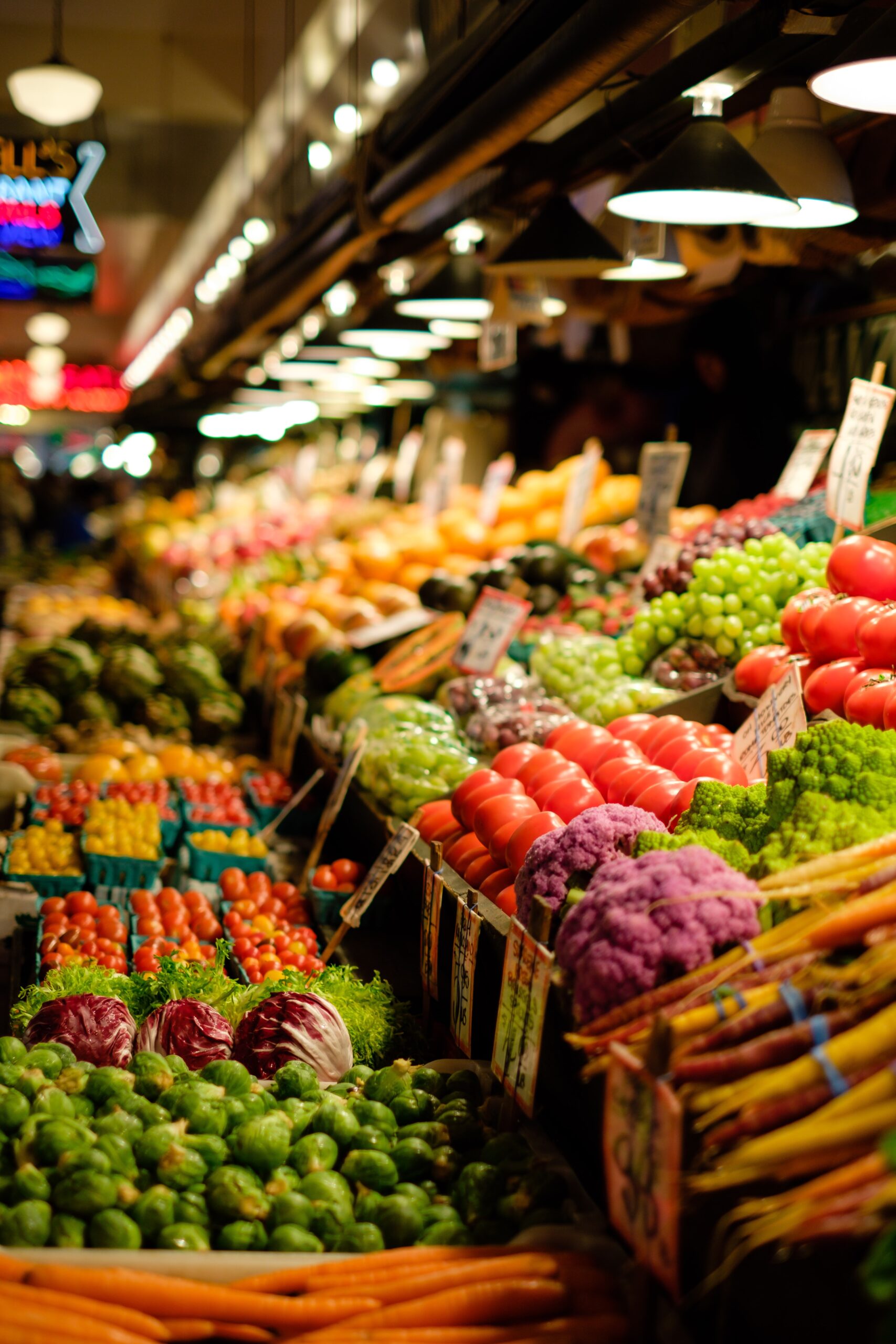If something is ultra-processed, it’s going to have a larger carbon footprint, use more water to make, most likely be associated with factory-farmed meat or diary and the pollution, come from further afield, have more packaging and of course, not be so good for your body.
What makes some food UPF though, now the acronym’s on everyone’s radar?
The widely adopted NOVA classification defines four levels of food processing:
- Unprocessed or minimally processed: food close to its natural state, such as fruit, vegetables, milk, fish, pulses, eggs, nuts, seeds, and meat (e.g. chicken)
- Processed culinary ingredients: these tend to be added to other food rather than eaten alone, e.g. oils, sugar, salt, herbs and spices
- Processed edibles: preserved food like canned or jarred jams, pickles, fruit, vegetables, cheeses, tofu, homemade bread, smoked meat, smoked fish, fruit juice
- Ultra-processed foods: industrially prepared with ingredients typically not used outside the consumer supply chain such as preservatives, emulsifiers, sweeteners, colourants and flavourings
So how can we persuade ourselves to leave more of that ultra-processed food in the supermarket and rely on better food? Think about the advantages: it’ll most likely be healthier, better for the climate and nature, better for local business, and we’ll feel more in touch with life and culture by getting our hands on some traditional unprocessed produce.

